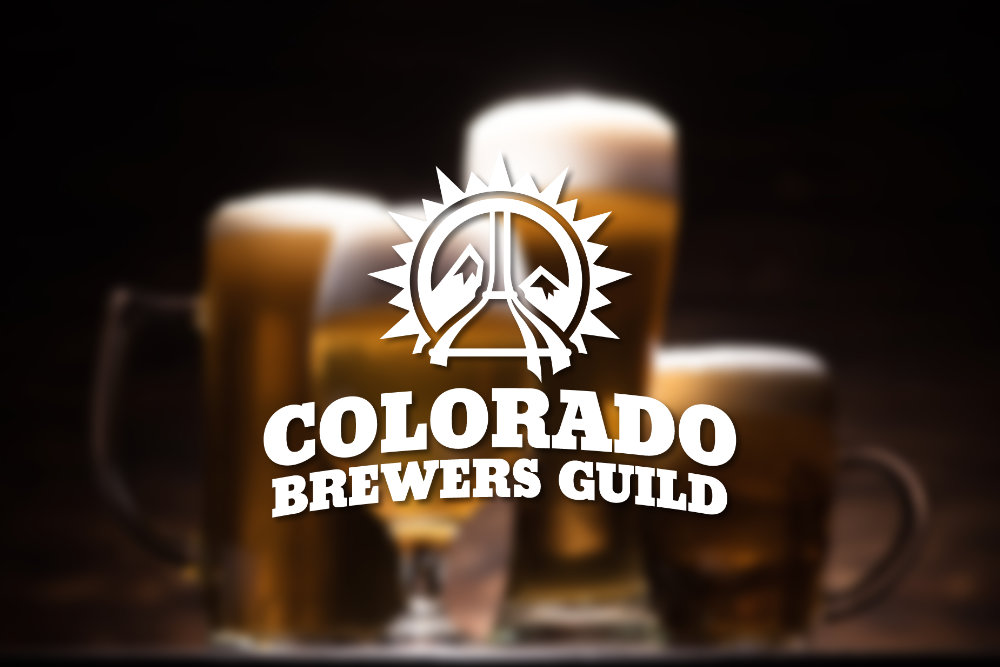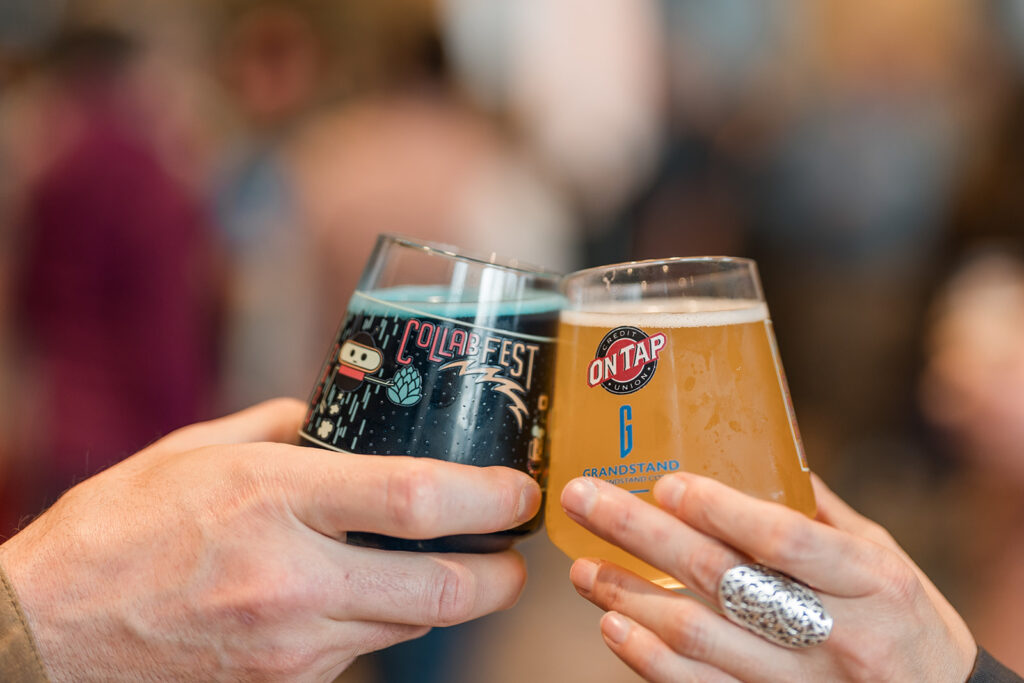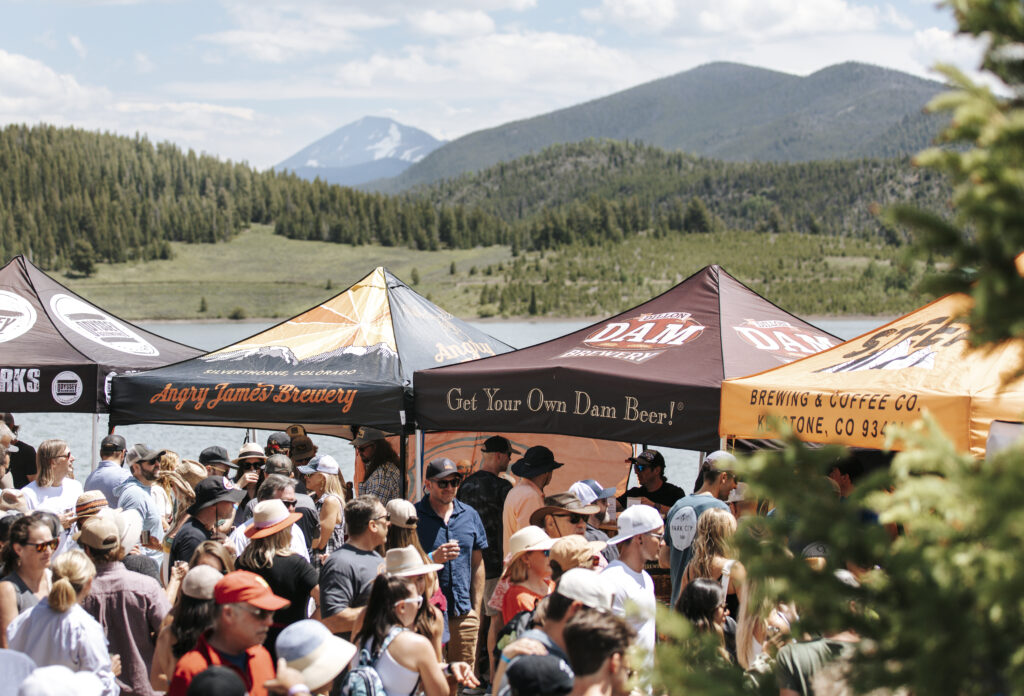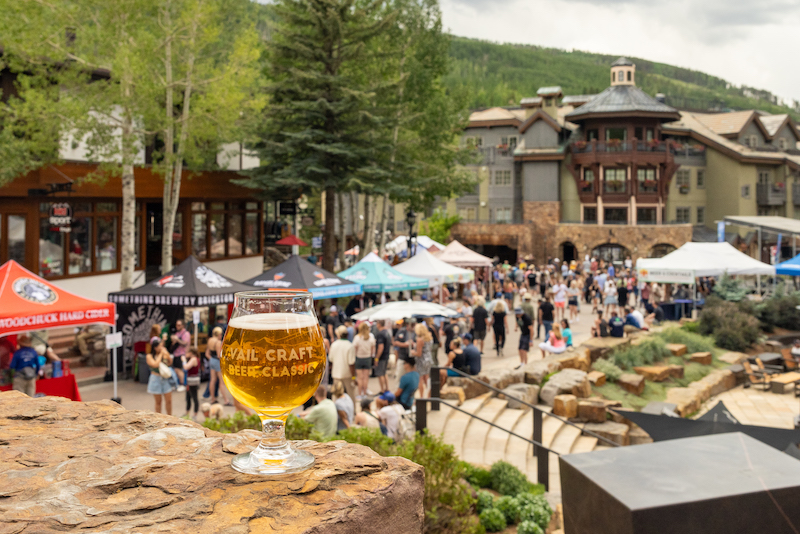No, I’m sure you could likely recreate it again flawlessly, that’s not what I mean. If asked, could you tell a consumer how much electricity and water was consumed, or waste created for that gold, silver, or bronze medal? Based on Brewers Association guidelines, 96% of Breweries in Colorado are considered microbreweries or smaller, where the brewery produces less than 15,000 barrels, with a majority of the volume categorized as innovative. What you might not know is that microbreweries, as well as brewpubs, are also categorized as some of the most environmentally unsustainable and inefficient in beer production. We (the Colorado craft beer community) take pride in our creative and innovative beers, but how many of us truly understand how our Great American Beer Festival medaling brands and World Beer Cup winning brews affect our natural resources? Based on data collected by the Brewers Association, breweries that lie within the microbrewery and brew pub sector in Colorado are having a larger impact than we realize, all 5,048[1] of us (and growing)…
Let’s review water consumption as an example. Have you ever heard of the Dillon Reservoir? You’ve likely seen it while sitting in I-70 traffic. This beautiful lake is located smack dab in the middle of the Rocky Mountains, bordered by the towns of Frisco, Silverthorne, and Dillon. The Dillion reservoir is the 7th largest fresh water reservoir in Colorado, servicing nearly 1.3 million people in the state annually. One of the most important sources replenishing the reservoir is snow melt. The Denver Post published an article in early 2018 outlining that Colorado’s snowpack measurements were the lowest recorded in 30 years, down nearly 50% from normal snow precipitation measurements, and what that decrease in precipitation means as we approach our hottest and driest season – summer[2]. The data accumulated from the “Brewers Association’s 2016 Sustainability Benchmarking Update”[3] illustrates that the average amount of water used to produce one barrel of beer varies based on production size, yet keep in mind that the data exemplified in this report speaks for only 2% of the total number of breweries that existed in 2016 nationally (less than 100 breweries reported). After doing some quick math utilizing 2016 benchmarking data averages and Colorado brewery production volumes reported[1], I calculated that only 15% of the beer produced in Colorado in 2016 came from the craft sector, yet the craft sector consumed an estimated 40% of the TOTAL volume of water consumed by both the macro and micro beer sectors combined. FORTY PERCENT, and arguably more. For perspective, that’s an estimated 7.7 billion gallons of water consumed by the craft industry alone in Colorado, which is equivalent to 10.5% of the Dillon Reservoir’s 249,000 acre feet of usable water. Just so you are aware, this measurement does not account for water utilized to grow and process raw materials such as hops. Due to the growth in popularity of hop forward beer styles like IPA’s, USA Hops[4] reports that hop agriculture acreage has grown nearly 80% since 2012. If we factor in the volume of water used in U.S. hop agriculture (which yielded nearly 89 million pounds of hops in 2016), along with water utilized in our production facilities, consider almost 60% of the reservoir exhausted.
Contrary to popular belief, you don’t need to spend an absurd amount of cash to improve your footprint. Yes, it is true that breweries which have invested in more efficient equipment, fancy inline instrumentation and automation can spear head sustainability projects far more easily, but that does not mean everyone else should throw in the towel. As an industry, we need to hold ourselves more accountable, and see the number of breweries reporting to resources like the Brewers Association Benchmarking Program, grow. The first step is understanding your brewery’s production footprint and designing an Environmental Management System (EMS) that helps outline obtainable criteria and goals. Breweries cannot improve if they do not have a basic grasp and understanding of their manufacturing footprint. Secondly, many breweries within Colorado are unaware of the free resources provided by programs within the Colorado Department of Public Health and Environment such as the Environmental Leadership Program, The Small Business Assistance Program, and if you are located in Denver, Certifiably Green Denver. These programs help small businesses like craft breweries tackle some of the low hanging fruit that ultimately can make a huge impact on brewery environmental footprints. Lastly, swallow your pride for just a second, and admit that your brewery pollutes.
[1] Brewers_Association_Data_2016 (https://www.brewersassociation.org/statistics/brewery-production/ )
[2] https://www.denverpost.com/2018/01/06/colorado-snowpack-levels-january-2018/
[3] https://s3-us-west-2.amazonaws.com/brewersassoc/wp-content/uploads/2016/10/2016_Brewers_Association_Sustainability_Benchmarking_Update.pdf
[4] https://www.usahops.org/
Written by Erin Cox – Quality Assurance Manager and Lead Sustainability Coordinator
Great Divide Brewing Co.
